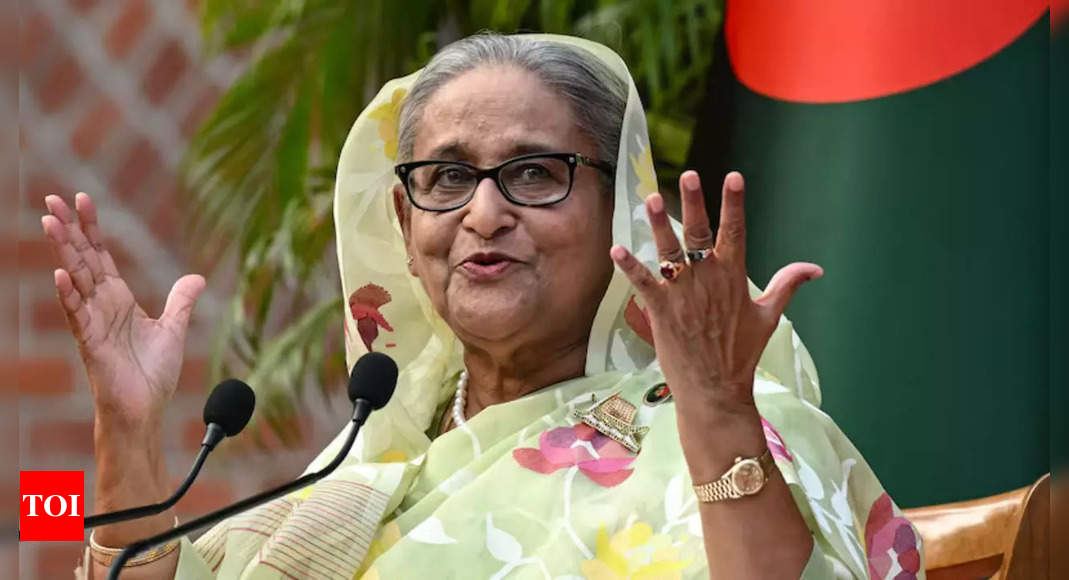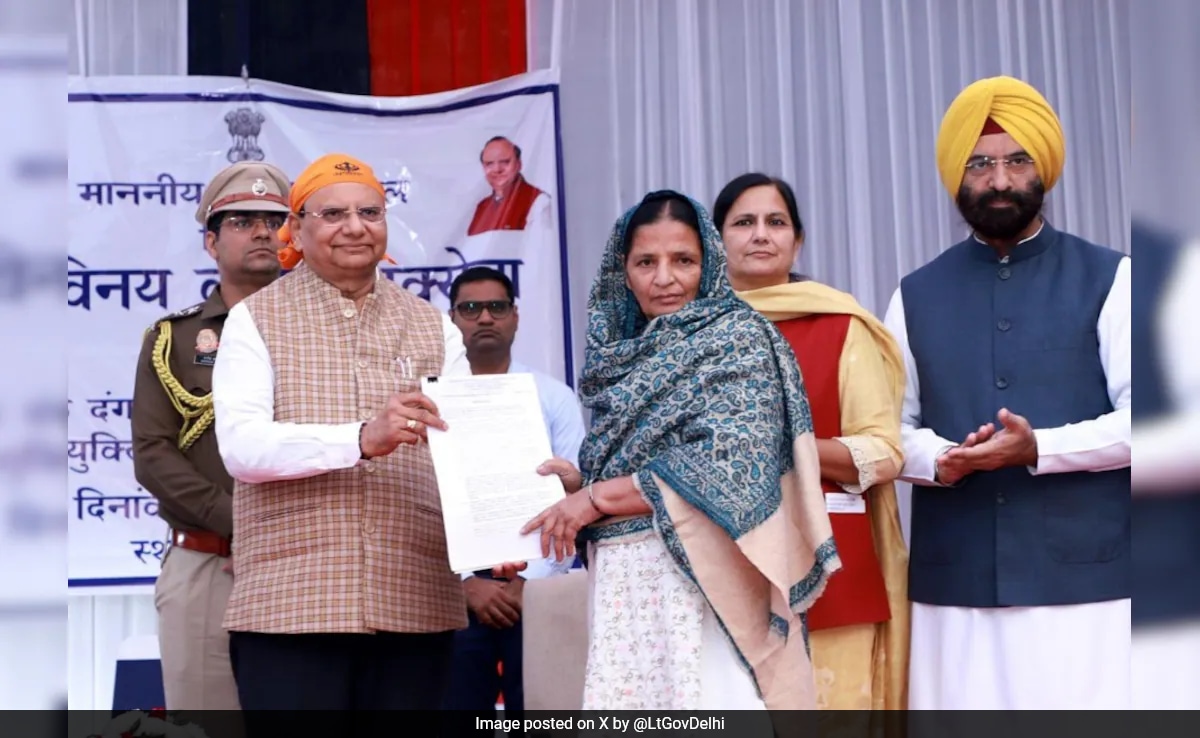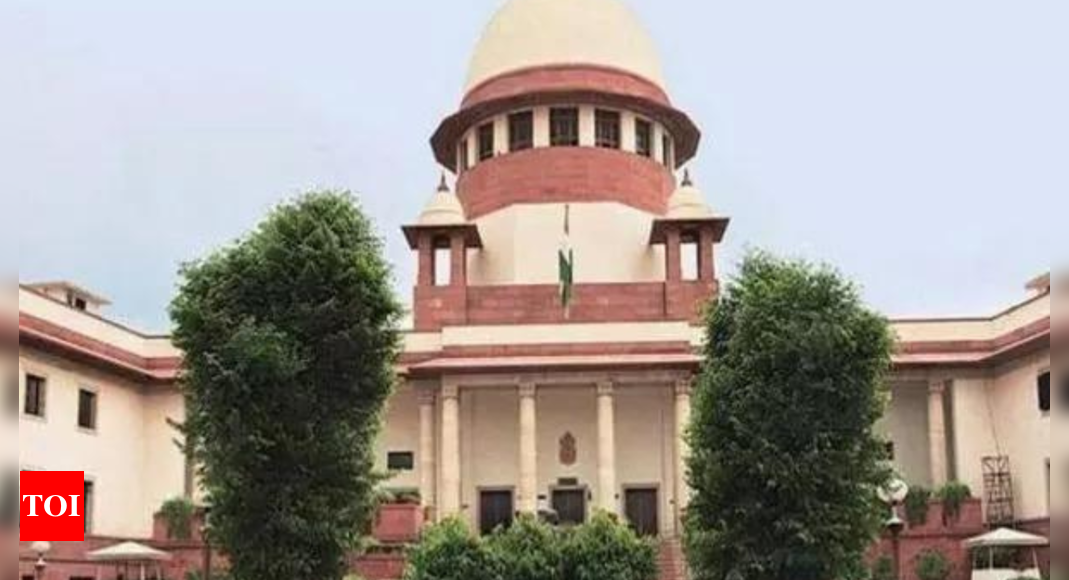
Sheikh Hasina, once hailed as the leader who rescued Bangladesh from military rule, saw her 15-year rule come to an abrupt end on Monday as protesters stormed her palace in Dhaka. Hasina’s long rule, noted for economic growth and crackdowns, ended amid rising calls for her resignation.
Hasina is the daughter of Sheikh Mujibur Rahman, the founding father of Bangladesh.At 27, she lost her father, mother, and three brothers in a 1975 military coup. Returning to Bangladesh six years later, she took the lead of the Awami League party, initiating a decade-long struggle that included multiple house arrests. Hasina played a key role in ousting military dictator Hussain Muhammad Ershad in 1990, alongside her rival Khaleda Zia of the Bangladesh Nationalist Party (BNP).
Hasina first became prime minister in 1996 but lost the position to Zia five years later. Both leaders were jailed on corruption charges in 2007 following a military-backed coup but were released to contest the 2008 elections, which Hasina won decisively. She has remained in power since, most recently securing a controversial fifth term in January amid accusations of election rigging.
Under her leadership, Bangladesh experienced significant economic growth, driven largely by its garment export industry. Since 2009, the economy has grown an average of over six percent annually, lifting millions out of poverty and providing over 95 percent of the population with access to electricity. In 2021, Bangladesh’s per capita income surpassed that of India.
However, Hasina’s rule has been criticised for its harsh tactics. Her government faced international condemnation for human rights abuses, including the mass arrest of political opponents and the execution of top Islamist leaders. In 2021, the United States imposed sanctions on an elite branch of Bangladesh’s security forces and seven top officers for alleged widespread abuses.
Protests that began in July, initially led by university students against civil service job quotas, quickly escalated into a broader movement demanding Hasina’s resignation. The situation intensified last month when police and pro-government student groups violently attacked demonstrators.
Despite her efforts to defend her legacy, including touring areas affected by the unrest, Hasina’s grip on power weakened. “Over 15 years, I’ve built this country,” she insisted. However, her autocratic methods and inability to handle dissent ultimately led to her downfall.
Hasina is the daughter of Sheikh Mujibur Rahman, the founding father of Bangladesh.At 27, she lost her father, mother, and three brothers in a 1975 military coup. Returning to Bangladesh six years later, she took the lead of the Awami League party, initiating a decade-long struggle that included multiple house arrests. Hasina played a key role in ousting military dictator Hussain Muhammad Ershad in 1990, alongside her rival Khaleda Zia of the Bangladesh Nationalist Party (BNP).
Hasina first became prime minister in 1996 but lost the position to Zia five years later. Both leaders were jailed on corruption charges in 2007 following a military-backed coup but were released to contest the 2008 elections, which Hasina won decisively. She has remained in power since, most recently securing a controversial fifth term in January amid accusations of election rigging.
Under her leadership, Bangladesh experienced significant economic growth, driven largely by its garment export industry. Since 2009, the economy has grown an average of over six percent annually, lifting millions out of poverty and providing over 95 percent of the population with access to electricity. In 2021, Bangladesh’s per capita income surpassed that of India.
However, Hasina’s rule has been criticised for its harsh tactics. Her government faced international condemnation for human rights abuses, including the mass arrest of political opponents and the execution of top Islamist leaders. In 2021, the United States imposed sanctions on an elite branch of Bangladesh’s security forces and seven top officers for alleged widespread abuses.
Protests that began in July, initially led by university students against civil service job quotas, quickly escalated into a broader movement demanding Hasina’s resignation. The situation intensified last month when police and pro-government student groups violently attacked demonstrators.
Despite her efforts to defend her legacy, including touring areas affected by the unrest, Hasina’s grip on power weakened. “Over 15 years, I’ve built this country,” she insisted. However, her autocratic methods and inability to handle dissent ultimately led to her downfall.









